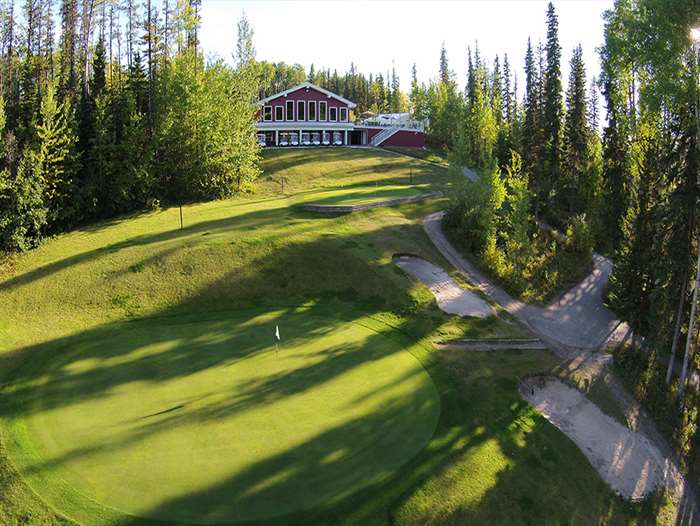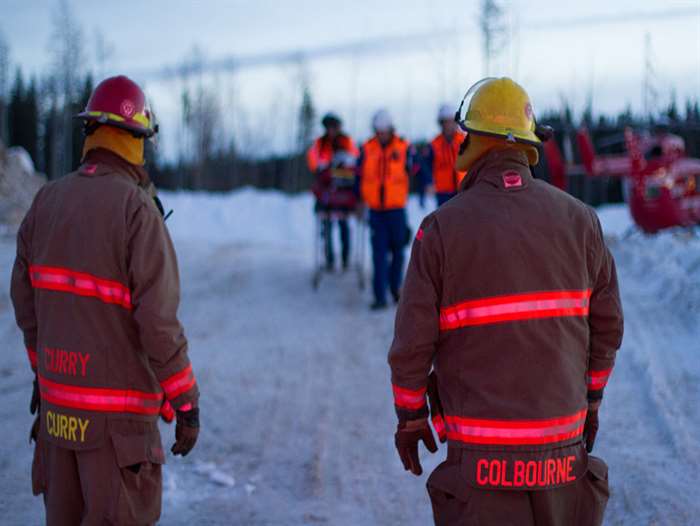Municipalities in B.C. are responsible for providing local services and governance to approximately 89 percent of the province's population. There are currently 162 municipalities, ranging in population from just over 100 to over 630,000 people and ranging in size from 63 hectares to over 8,500,000 hectares.
Municipalities can be classified as either a town, village, district or city depending on the size of their population and geographic area. An older classification, township, is still referenced in the names of some municipalities; townships are currently classified as districts.
Municipalities were first established in B.C. in the late 1800s. Since then, the roles and responsibilities of municipalities have evolved over time to become more complex.
The B.C. government sets the legislation that provides municipalities with the authority and flexibility to respond to the varying needs and changing circumstances of each community. Within that framework, the B.C. government regards municipalities as autonomous, responsible and accountable governments directed by democratically elected councils.
Municipalities and regional districts employ various officers and employees to carry out the decisions and implement the direction set by the municipal council or regional district board.
The Ridge Report - District of Tumbler Ridge Employee Newsletter





